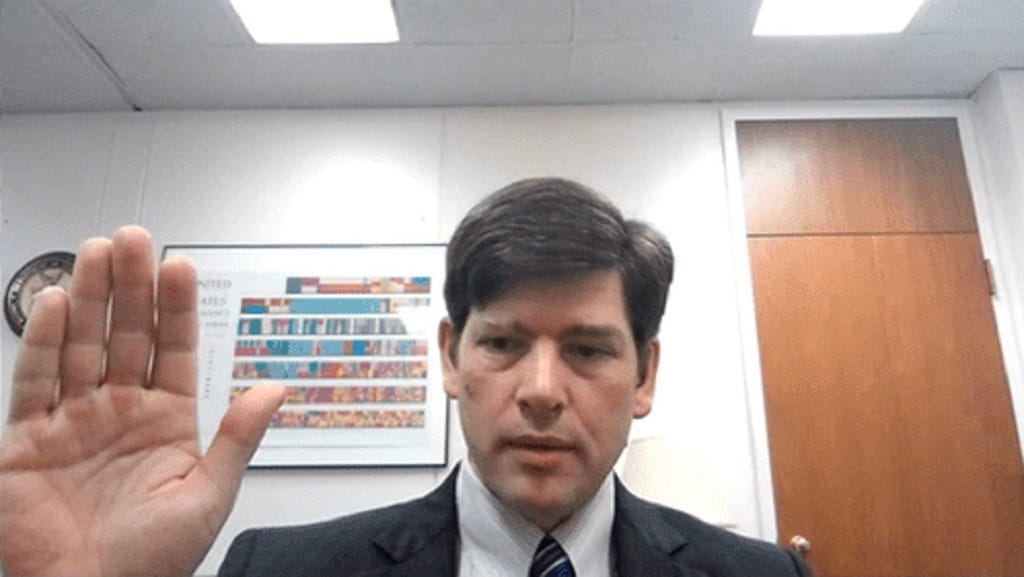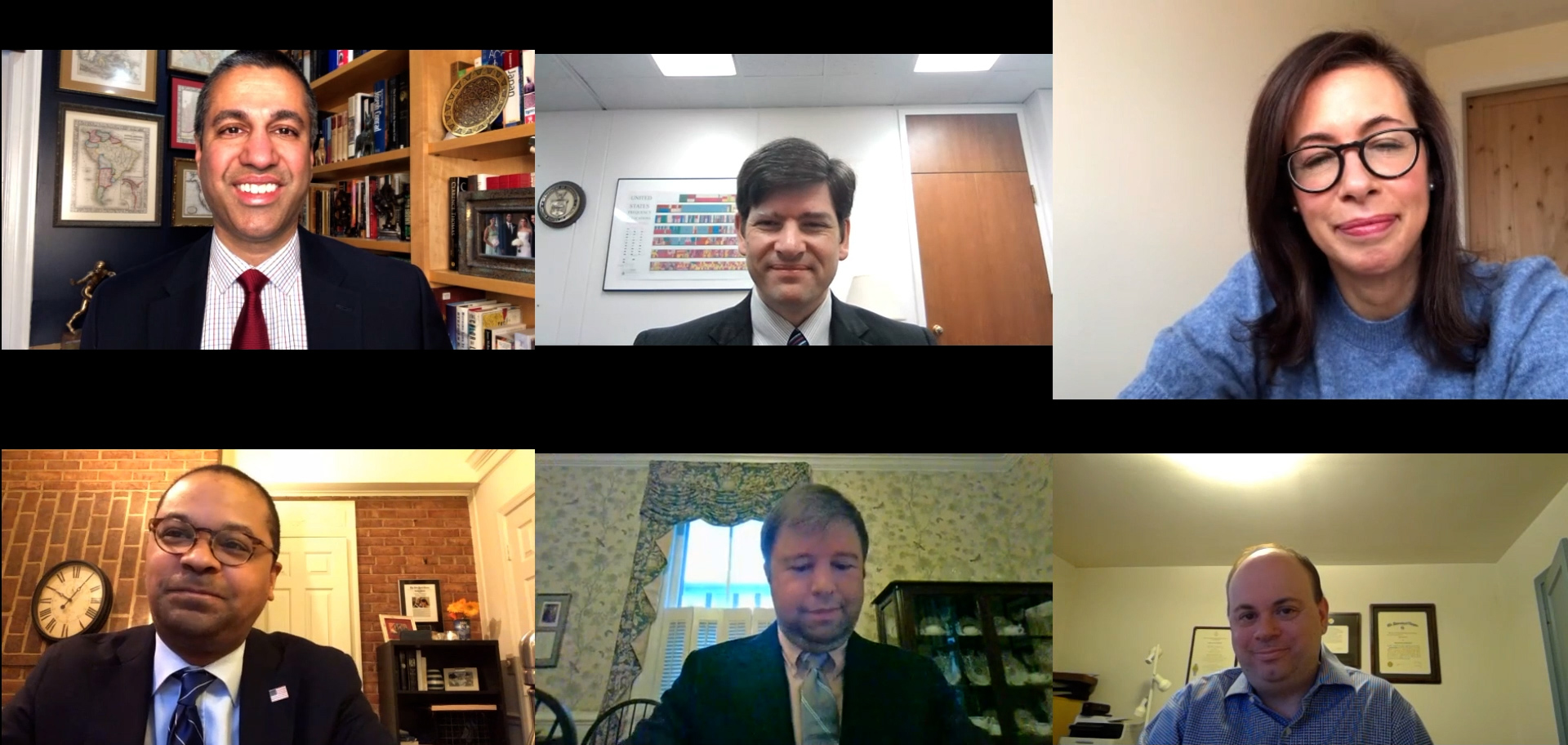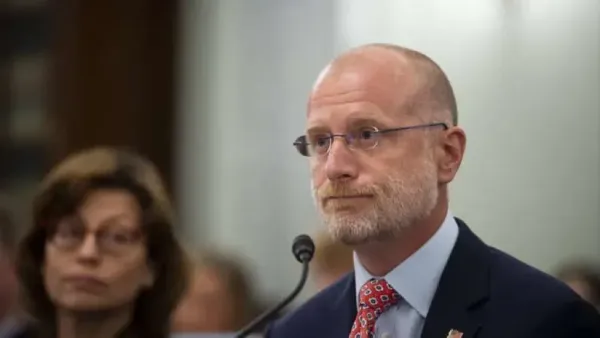Broadband Maps are Flawed, and So is Mobile Apps Data; WISPA Calls for Patience, and FCC Swears in Simington
It’s no secret that the Federal Communications Commission’s current broadband maps are flawed, many observers believe. The existing maps rely on industry-reported data that overstates broadband availability and prevents underserved communities from obtaining broadband funding. Consequently, many rur
Jericho Casper

It’s no secret that the Federal Communications Commission’s current broadband maps are flawed, many observers believe. The existing maps rely on industry-reported data that overstates broadband availability and prevents underserved communities from obtaining broadband funding.
Consequently, many rural, remote, and Tribal communities sit on the wrong side of the digital divide, unable to access essential broadband-enabled services, such as remote learning and telehealth.
More accurate broadband maps will help the FCC understand where, exactly, these communities lie and enable better funding decisions, wrote Rachelle Chong, a strategic consultant, regulatory lawyer, and registered state lobbyist in California, and Larry Irving, president and CEO of the Irving Group, in a recent op-ed published by the Benton Institute for Broadband and Society.
In the piece, the pair highlight that the FCC’s most recent mapping proposal, the Broadband DATA Act, would only require the agency to collect broadband information about residential and business customers, and not anchor institutions, such as schools, libraries or healthcare providers.
They believe that this is disappointing, especially because Sen. Edward Markey, D-Massachusetts, and Rep. Anna Eshoo, D-California, specifically asked the FCC to include data on anchor institutions in the upcoming maps.
The Schools, Health and Libraries Broadband Coalition recently filed comments with the FCC urging the agency to include anchor institutions in the maps, but the FCC’s response has been non-committal so far. Given the widespread and bipartisan recognition of the key role that broadband plays in promoting education, healthcare, and economic growth, the FCC’s position is puzzling.
The National Broadband Plan called for anchor institutions to have gigabit capacity by the year 2020, but we can’t even measure our progress toward the goal because the FCC doesn’t collect the information, write Chong and Irving. “Congress should encourage the FCC to look to the future by declining to appropriate funding for the Broadband DATA Act until the commission agrees to map anchor institutions.”
Strand Consult claims mobile apps’ measurements of network quality are frivolous, useless
A recent report, published by Strand Consult, entitled “The Moment of Truth: Why the Quality of Mobile Networks Differs” describes the many factors that affect a network’s capacity, coverage, and overall user experience. The report aims to expose that the majority of stories claiming that a mobile application can measure, or rank, the quality of mobile and fixed networks, have limited critical or scientific review of how these apps work.
The report debunks in a simple way the myths of measuring mobile coverage, working to inform operators of misinformation and prepare them for how to push back in the debate on mobile coverage.
Strand Consult’s report assesses the mobile apps which claim to measure network quality at a time when mobile networks are evolving from 2G, 3G and 4G to a combination of 4G and 5G. The next generation of mobile networks are more complex and use technologies such as carrier aggregation, spectrum management, and multiple input/multiple output.
These technological innovations change how a network is built and operated and therefore how the networks performance can be measured. For example, a measurement from a 4G phone tells you little about the quality of a 5G network, but these sort of mistakes are common in such mobile app measurements, which do not control network measurements for the diversity of phones.
Strand Consult aims to use its knowledge and ability to create transparency around these concepts and challenges.
WISPA requests RDOF critics tone down the rhetoric
A recent blog published by the Wireless Internet Service Providers Association calls for critics of the results of Phase I of the FCC’s recently completed Rural Digital Opportunity Fund, to ‘let the ink dry’ before denouncing the auctions outcomes.
The post was likely in response to many who have criticized the agency for allowing wireless ISPs to bid in the gigabit tier. Some have said allowing WISPs to bid as gigabit service providers, prevented many Americans from receiving futureproof, fiber infrastructure.
“Even now we see hand-wringing over the results before the ink is dry,” reads the post. “This is no surprise. Indeed, we saw the same thing years ago over the ability of certain Connect America Fund winners to perform and scale. But, wireless speeds that some said were impossible to deliver are now mass market offerings. Network builds that some said were improbable were finished years ahead of schedule.”
The FCC’s long-form process asks hard questions of presumptive winners, thoroughly vetting program applicants’ proposals to ensure they are capable of meeting the program requirements, reads the post.
“WISPA will continue to study the results of the RDOF Auction for important lessons learned that might improve the next reverse auction. But hot takes that burn down opportunity for rural Americans who need high-speed broadband should be unwelcome in any case,” reads the blog post.
FCC swears in Simington
On Monday morning, the FCC swore in Commissioner Nathan Simington. Simington was nominated to serve as a Commissioner of the FCC by President Donald Trump. He was confirmed by the Senate on December 9.

Swearing in of Commissioner Nate Simington
Previously, Commissioner Simington served as senior advisor at the National Telecommunications and Information Administration. In this role, he worked on many aspects of telecommunications policy, including spectrum allocation and planning, broadband access, and the US Government’s role in the Internet.
Prior to joining the Commission, he was senior counsel to Brightstar Corporation, an international mobile device services company. In this capacity, he led and negotiated telecommunications equipment and services transactions with leading providers in over twenty countries. Prior to joining Brightstar, he worked as an attorney in private practice.
Commissioner Simington is a graduate of the University of Michigan Law School. He also holds degrees from the University of Rochester and Lawrence University. Commissioner Simington grew up in Saskatchewan, Canada. He became a United States citizen and now lives in McLean, Virginia with his wife and three children.











Member discussion